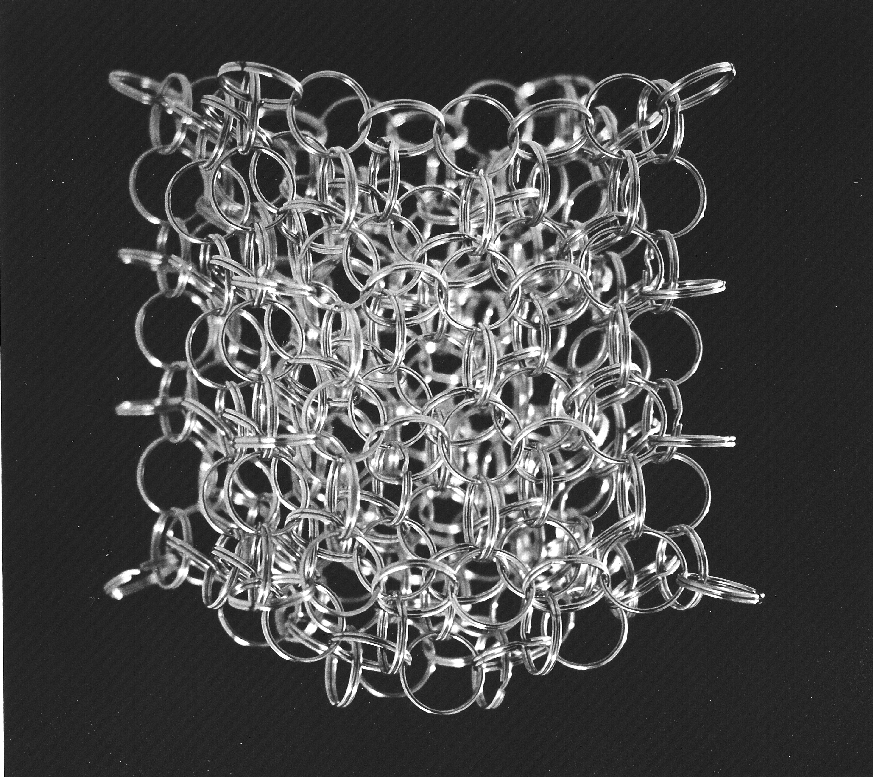
In honor of New Year’s Day, I’m posting a snapshot from the “1-D Space Rally” game from a collection of Java applets that illustrate relativity. Joel Primack created the applets based on a series of interactive programs originally created for the Apple II.
Y’see, I’ve been reading The View from the Center of the Universe, written by Primack and his wife. I quite like the book, which attempts to put cosmological concepts in a more accessible framework, drawing on historical imagery and metaphors to help readers understand, as the subtitle puts it, “our extraordinary place in the cosmos.” Because Primack has played an active role in developing the cosmological concepts that form the core of the narrative, the content is first-rate, and the richness of the analogies terribly impressive. (Plus, Primack and Abrams’s “Cosmic Spheres of Time” figure resembles the interactive Digital Universe model that I work and play with on a day-to-day basis.) The authors have a website that supports the book’s content as well.
Anyway, the image. As it says in the introduction the aforementioned applets, the interactive “helps demonstrate why the ‘twin paradox’ is, in fact, not a paradox.” The curving red line represents the trajectory of my rocket (seen at bottom), while the green lines show pulses emitted at regular intervals—intervals which differ for the rocket and the point of origin because of relativistic effects. I did my best to fly as far from the starting point as possible before reversing and returning to the starting point; as a result, only 360 units of time passed on the rocket compared to 582 at the origin.
I like the interactive well enough, but I have it could use a little more documentation, and I have one major nitpick, clearly visible in the above snapshot: label the axes! The vertical blue line represents time, while the horizontal line represents distance; they should be labeled as such.
I found a few problems with some of the other interactives as well (light pulses that don’t travel at a consistent speed and an apparent lack of gravitational influence from Jupiter, for example). I’d be interested to know whether or not those details cause misconceptions for people who use the interactives. Perhaps a generation of students (on Apple IIs, even) could provide feedback.
Sadly, no near-light-speed spacecraft exist to help us travel into the future, aging more slowly than our earthbound compatriots. So as we celebrate a new year, we all celebrate together, growing older at the same depressing rate. At least we can simulate an alternative…
Happy new year!




